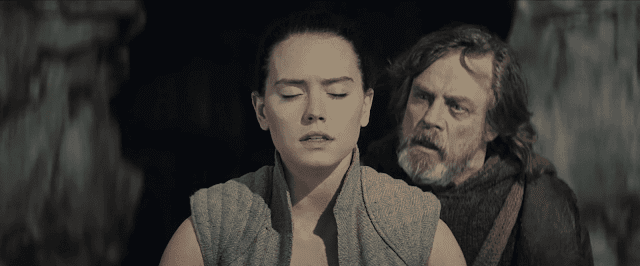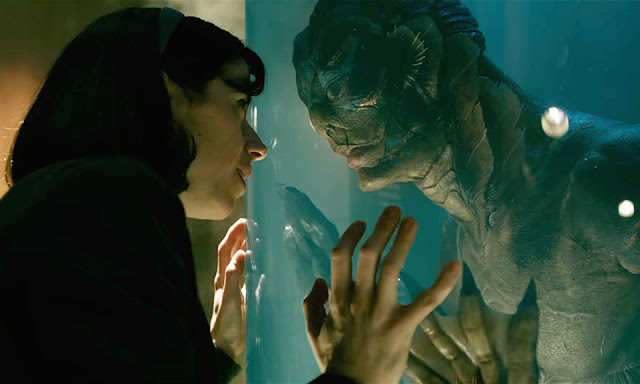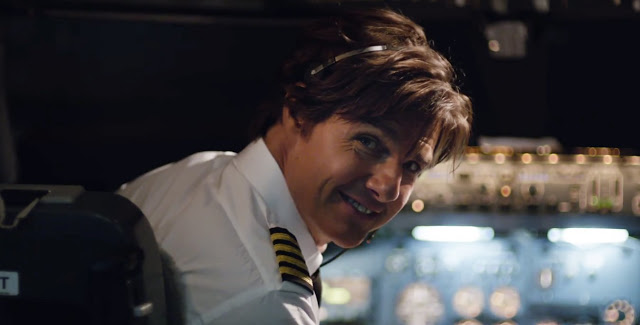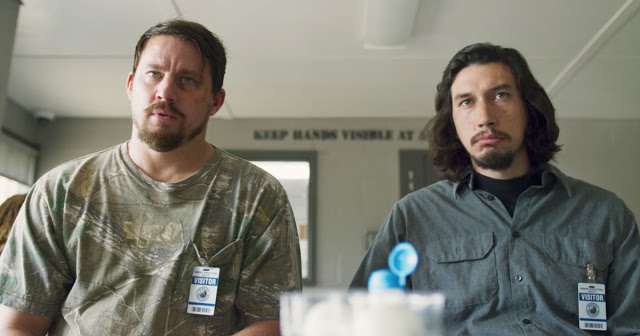Star Wars: The Last Jedi: As a New Hope Emerges, an Old Fight Rages On
For all its deafening noise and frantic activity, Star Wars: The Force Awakens concluded with a quiet and surprisingly stirring image: the aspiring Jedi named Rey (Daisy Ridley) tentatively approaching the long-vanished Luke Skywalker (Mark Hamill, as if you didn’t already know), reaching out to offer him his cherished lightsaber. It was a tantalizing ending, one that sent Star Wars fans—a sect that, according to the box-office receipts, appears to constitute most of the known world—into a state of delirious anticipation that has persisted for two full years. So it is difficult to exaggerate the audacity with which The Last Jedi, the eighth episode in the Star Wars saga (excluding the standalone Rogue One), chooses to resume this fateful encounter set on the verdant island planet of Ahch-To. Rather than expressing gratitude or even curiosity toward Rey’s arrival, Luke simply accepts the weapon, grimaces, and promptly flings it over a cliff.
This is a hilarious scene, a swift and brutal undercutting of fans’ long-gestating expectations. Yet it also symbolizes the refreshing streak of independence that Rian Johnson, The Last Jedi’s fearless writer and director, has brought to cinema’s most gargantuan franchise. The Force Awakens was a fun and spirited adventure, but it also felt somewhat safe, J.J. Abrams carefully returning the enterprise to the tracks that George Lucas’ (unfairly) maligned prequels so gleefully leapt off. The Last Jedi, by contrast, is a more interesting and exciting movie, flawed in its own ways but charged with genuine unpredictability and risk. In taking the reins from Abrams, Johnson pledges fealty to no one—not even Star Wars fans. Read More





